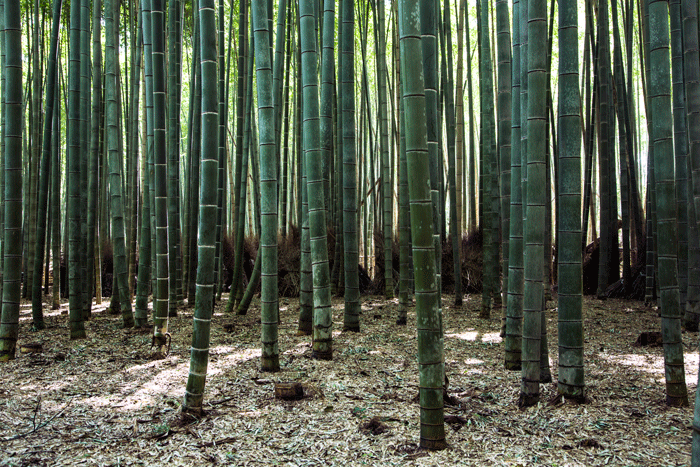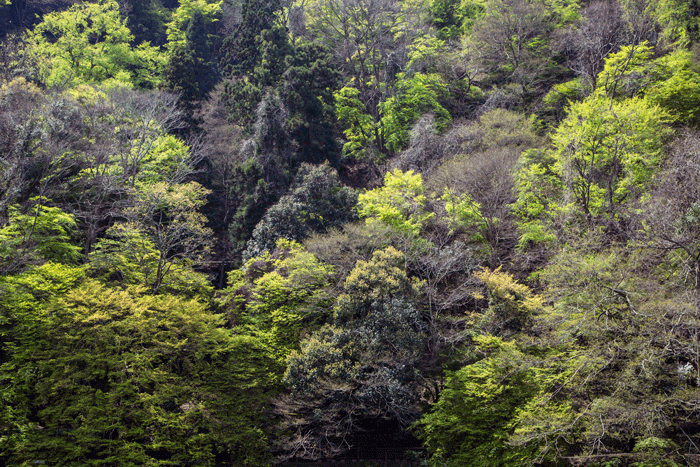Koshu wine: a taste of Japan
Author: Jasper Morris MW
After a week of tasting and feasting in Tokyo with the wines of Burgundy, I spent a fascinating day in Yamanashi prefecture, tucked away round the back of Mount Fuji, visiting vineyards and wineries. We took the train out to Kofu, one and a half hours from Shinjuku station in Tokyo. The train climbs steadily through increasingly Alpine valleys before dropping down to a fairy-tale world of a small plain enclosed by mountains. Many of the vineyards are little plots attached to the houses, with the grapes grown on the pergola system. Workers in broad rimmed hats were out in the winter sunshine pruning above their heads.
We were met at Kofu station by Misawa-san whose family have owned and run Grace Wine since 1923. Currently it is Shigekazu Misawa’s daughter Ayana who is the winemaker. She trained in Bordeaux and clearly has the ambitions and the competence to start making something special here. The winery had very much the feel of the smaller scale Pinot wineries of New Zealand’s South Island, including the snow capped mountains as a backdrop.
Some of the wines made come from typical Koshu (a unique Japanese grape variety) vineyards in the Kofu area, including wines from the Hishiyama and Toriibira vineyards but, in the last 10 to 15 years, Grace has planted vineyards much higher up, around 700m above sea level in the Akeno district. While we were there in early March the vines were nearly buried in the snow, the wind blowing off the mountains to the north chilling us to the bone. In the summer, the prevailing wind is a warm southerly offering hot days and plenty of sunshine, 1,600 hours between April and October, while the altitude delivers cool nights. Perhaps an experiment with Tempranillo might be interesting?
With these plantings, Grace has moved away from the pergola tradition to vertical shoot position (VSP) training. Yield is sacrificed for sugar. Thus the 2013 Cuvée Misawa Koshu from Akeno, a delicious wine, achieved 11.5 percent alcohol without chaptalisation (the process of adding sugar to unfermented must to promote fermentation), at a yield of 40 hl/ha, whereas pergola trained Koshu would more typically yield two to three times that amount. Drunk over lunch the fresh and lively flavours of this wine complemented the yuzu peel present in the main dish very well. Grace also makes a delicious Chardonnay and a sound Cabernet-Merlot blend, though this was eclipsed by an exciting 100 percent Cabernet Franc, Cuvée Misawa.
Next, we came back down the hill and across to Katsunuma, with a visit to the Marufuji Winery (in business since 1890), which makes wines using the Rubaiyat name. They are imported to the UK by our sister company FMV, which has been enjoying success with the main Koshu wine, and not just in Japanese restaurants. This winery too has ambitious plans for the future, with a new cellar about to be built adjacent to the current building.
My favourite Koshu here came in a special Katsunuma bottle with embossed name and escutcheon, sadly not sell-able in Europe because the size is only 720ml, which equates to four ‘gos’, one ‘go’ being the standard pour in Japan. Among the red wines on offer were a Merlot Prestige and an excellent 100 percent varietal Petit Verdot, but it was here at Marufuji that I tasted my first ever Muscat Bailey A, a red wine with something of the Beaujolais in its make up. Being a hybrid grape, a certain amount of foxiness was to be expected, and it was just detectable but by no means disagreeable. Definitely interesting!
Our third and final stop was at Katsunuma Jyozo, where we were met by owner Yuji Aruga and his son. The idiosyncrasy here is that the wines have been given Portuguese names. Aruga-san has a clear vision of where he wants to take his winery. He is aiming high but wants to keep the emphasis Japanese rather than international. So the cabernet sauvignon vines outside the winery have been grubbed up and replaced with Muscat Bailey A, while the Koshu wines are ambitious. Branca Pipa is fermented in oak from Burgundian coopers for example. I was particularly taken with the 2013 Branca Issehara, a single vineyard wine grown on very shallow river bed soil. It showed a terrific nose, with plenty of personality, fresh fruit, maybe yuzu, some pepper. In fact it reminded me very much of Marlborough Sauvignon Blanc grown on the shallow river bed Rapaura soils alongside the Wairau river.
Koshu has been grown in the region as a table grape for over 1,000 years, but used for making wine for not much more than a century. The wineries tend to own only a small percentage of the vineyards that supply their needs and there has been a constant fight to source grapes of quality: the grape growers themselves preferring to sell the best quality as table grapes, handing over damaged bunches to the winemakers. It is not an ideal climate either, with heavy summer rainfall. At the moment the great majority of wines need to be both chaptalised and acidified, a practice illegal in Europe (though a test case in Burgundy successfully contended that adding sugar to the must and then acidifying the subsequent wine was acceptable, as grape juice and wine are different entities.)
If Koshu has a future in wine, as anything beyond an agreeable local specialty, quality must improve without the wine being priced out of the market. Bottle prices at the winery door began at around £12-£15, while the best examples were frequently more than twice the price. It will not be easy, but congratulations to the three wineries we visited for their successful efforts at driving quality higher.




